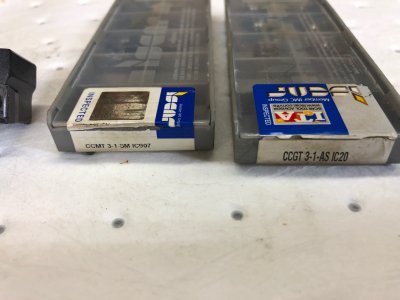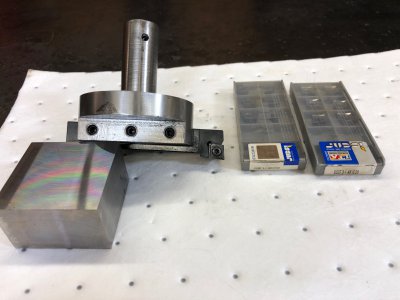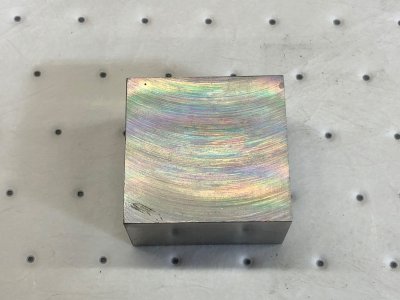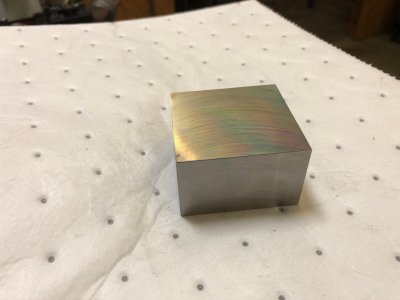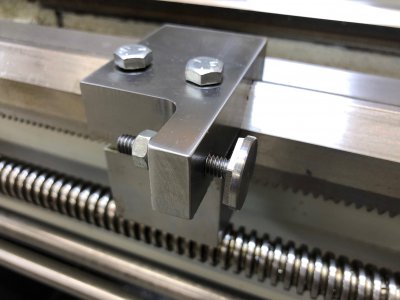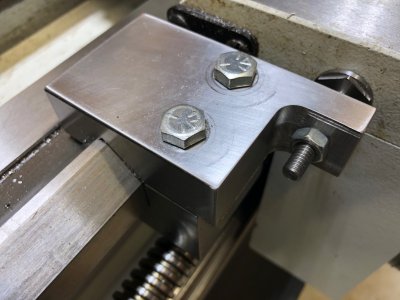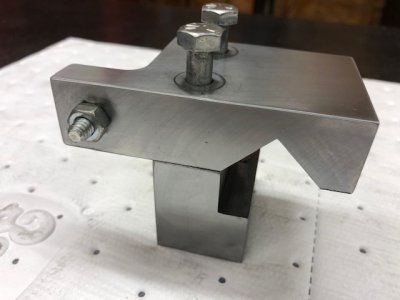- Joined
- May 3, 2017
- Messages
- 1,997
Got some bad news, Mike. I'm not going to be able to spend any money on a Superfly. At least not until my homemade fly cutter breaks. Here are some shots of one I made several months ago:Guys, think about it. If you have to square a work piece, do you really want to gnaw away at it with an end mill like PacMan? Why do that when you can cut out to a 6" wide swath in one go and produce a much nicer surface finish that is as accurate as your tram? The Superfly will repay its cost in end mills, time and aggravation, trust me. On the other hand, if you often work with smaller work pieces or need to cut a ledge then the Sherline, being essentially a single insert face mill that costs all of $73.00, is a very good tool to own.
Personally, I think you should have both flycutters. Come on, you know you want them ...
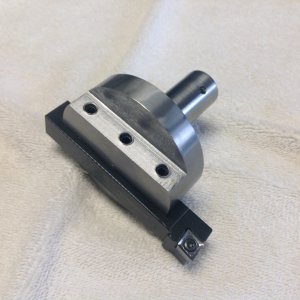
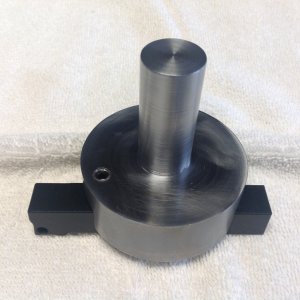
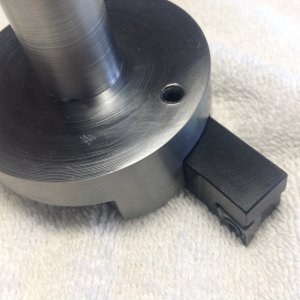
It has a 3/4" shank and can cut up to about 6". I usually keep it set at about 4". The set screw on the top allows me to adjust the angle of the cutting tip. (That seemed like a nice feature to have, but I've never used it. I set it once and never changed it.) It cuts extremely well. I've been bailing wheat straw all day and am worn out, but tomorrow I'll go down to the shop and post a picture of a piece of cold-rolled I recently faced with it. It does a great job, so for at least the time being, I won't be in the market for a Superfly. Sorry.
Call me crazy, but something tells me you'll come up with something else I can't live without. Hurry up! The suspense is killing me.
Regards,
Terry


